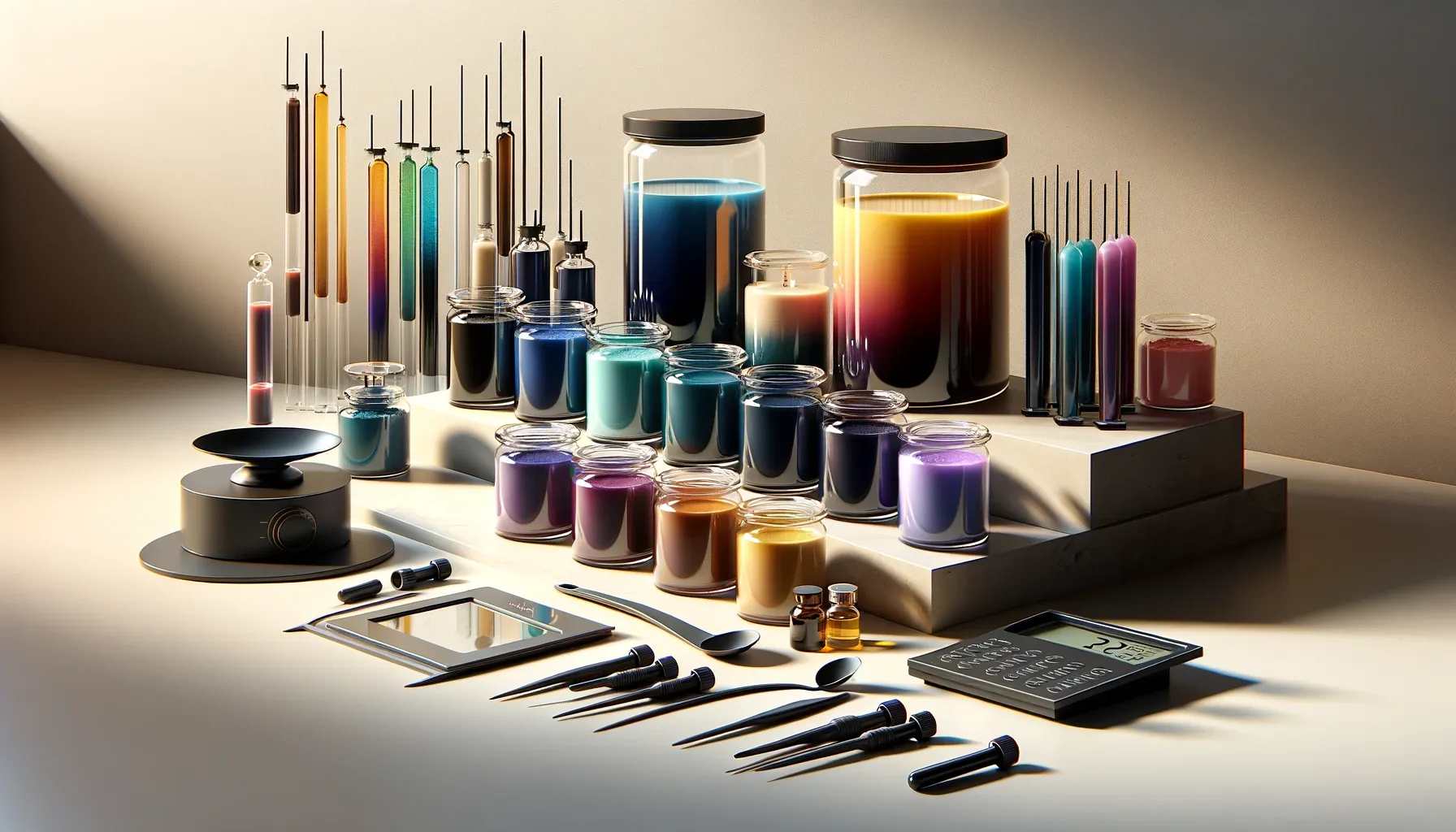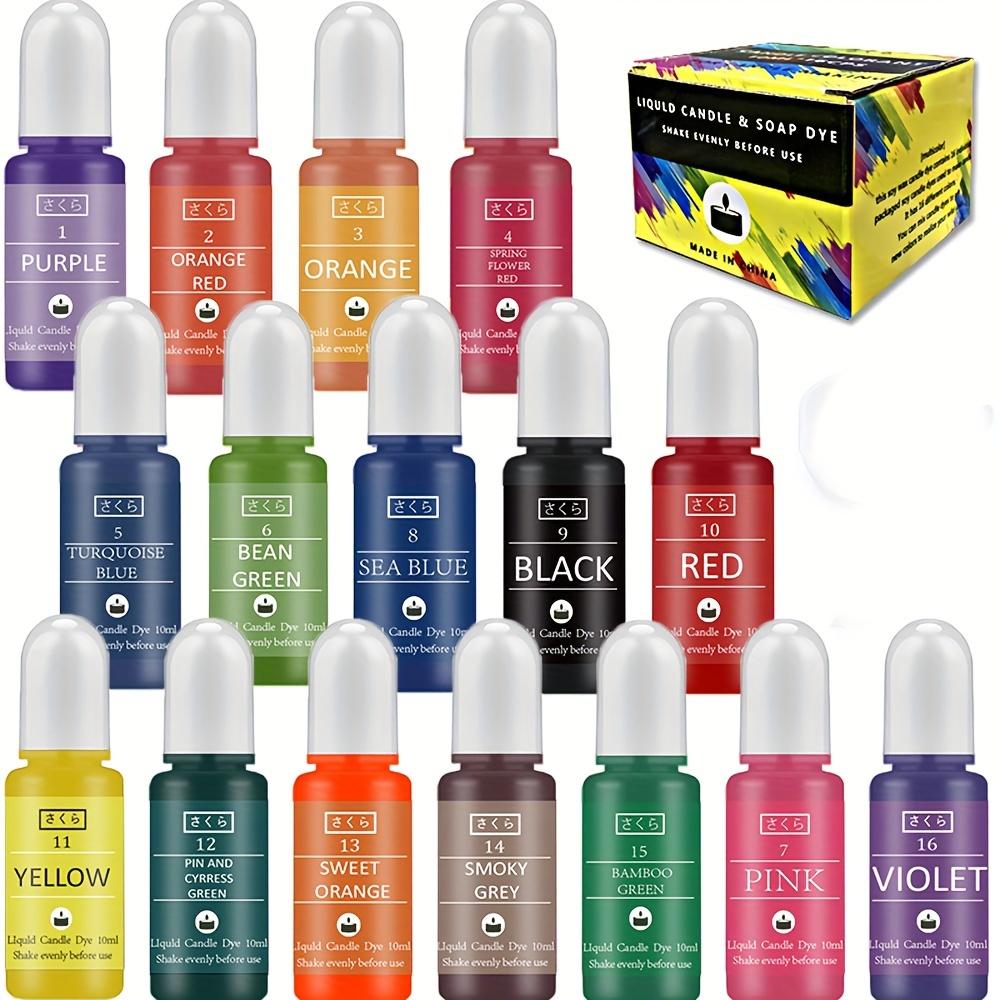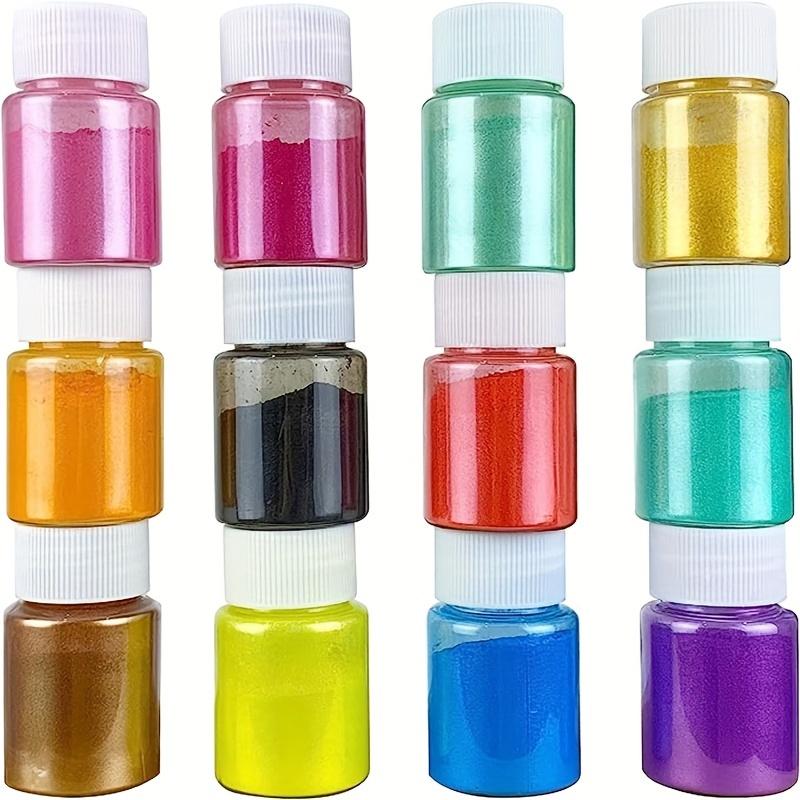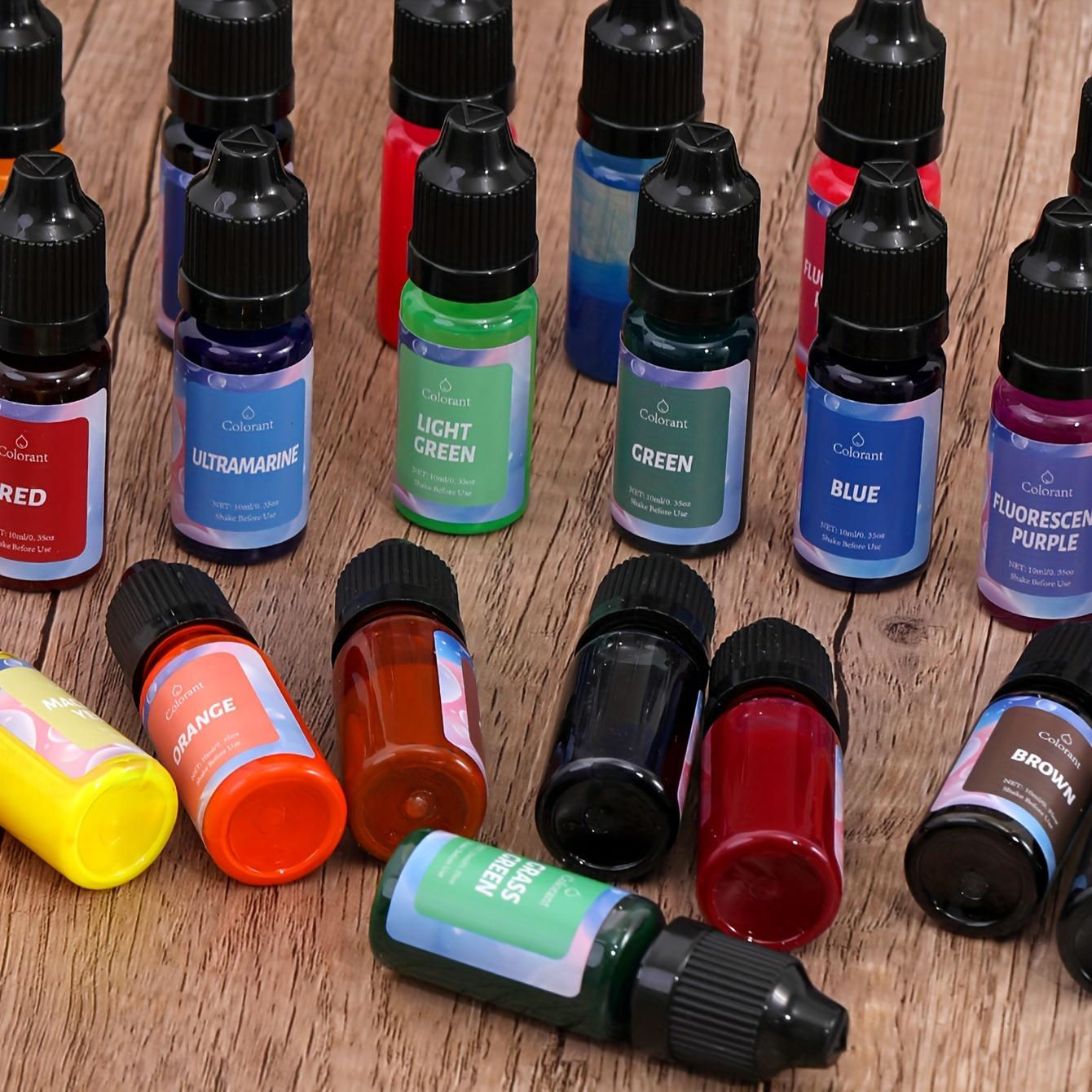Candle Making Momma: The Best Candle Making Dyes

Greetings, fellow candle making enthusiasts! Today, let's delve into the colorful world of candle making dyes. Choosing the right dyes for your candles can truly elevate your creations and add that special touch to your homemade candles. In this post, we'll explore some of the best candle making dyes that you can incorporate into your candle making process.
Natural vs. Synthetic Dyes
When it comes to selecting dyes for your candles, one of the first decisions you'll encounter is whether to opt for natural or synthetic dyes. As a firm believer in sustainability, I recommend leaning towards natural dyes whenever possible. Natural dyes derived from plant-based sources, such as beetroot powder, turmeric, or spirulina, not only offer beautiful, earthy hues but also align with eco-friendly practices.
On the other hand, synthetic dyes can provide a wider range of vibrant colors and are often more cost-effective. However, if you choose to go the synthetic route, I encourage you to select dyes that are specifically formulated for candle making to ensure safe and consistent results.
Best Candle Making Dyes
Liquid Candle Dyes: Liquid dyes are convenient and easy to use, as they can be directly added to melted wax to achieve the desired color intensity. They blend well and offer a wide spectrum of shades. When using liquid dyes, remember that a little goes a long way, so start with a small amount and gradually increase as needed.
Dye Blocks: Dye blocks are another popular option for coloring candles. These solid blocks can be shaved or melted into the wax, allowing for precise color control. They are ideal for achieving pastel or muted tones and are great for experimenting with color blending.
Dye Chips: Dye chips are small, concentrated chips that can be added to the wax to achieve rich, vibrant colors. They are convenient for creating custom color blends and can be easily adjusted to achieve the desired shade.
Natural Colorants: If you prefer a more eco-friendly approach, consider using natural colorants like mica powders, powdered herbs, or clays. These natural pigments not only add color but also bring a unique, organic touch to your candles.
Tips for Using Candle Making Dyes
Start Small: When experimenting with dyes, start with a small amount and gradually increase to achieve the desired color. Remember, you can always add more dye, but you can't take it out once it's added.
Test Your Colors: Before committing to a large batch of colored wax, do a test run with a small sample to ensure the color turns out as expected.
Mixing Colors: Feel free to experiment with mixing different dyes to create custom shades. Keep track of your recipes for future reference.
Be Patient: Allow your colored wax to fully cool and set before assessing the final color, as it may change slightly as it solidifies.
Remember, the best candle making dyes are the ones that align with your creative vision and sustainability values. Whether you choose natural or synthetic dyes, what matters most is the joy and satisfaction you derive from crafting your own candles.
Happy candle making, and may your creations shine brightly with color and warmth!
Warm regards,
Grace Mitchell
Candle Making Momma
Top Picks For Candle Making Dyes


Best Sale
12-color 0.28oz Mica Powder Set For Soap & Candle Making With Pearlescent Effect, Safe For Diy Arts, Crafts, And Paint Tinting
Buy NowRead Review